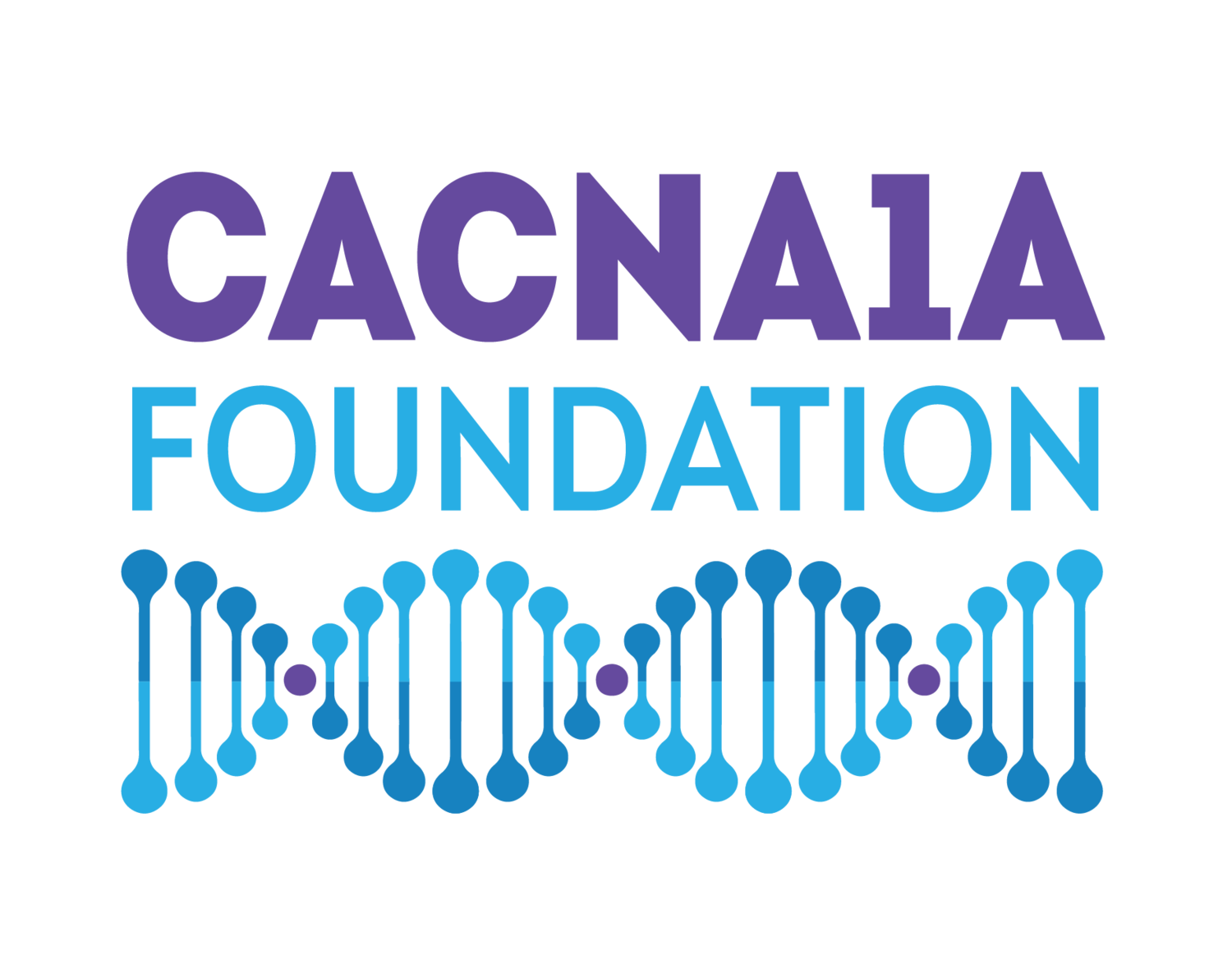Clarify CACNA1A
Welcome to the CACNA1A Foundation blog: updates on current research, advocacy efforts,
therapy options, community activities and real life experiences of caregivers.
Advocacy Series (part 2): Litigation Strategy
Whether it’s a problem with a school, health care provider or insurance company, recreational program, or even a city sidewalk, U.S. laws are strong and provide ample means of rights enforcement. Leading up to passage of the Americans with Disabilities Act (ADA) in 1990, Congress recognized that children and adults with disabilities have historically been marginalized, if not institutionalized. The “medical model” of disability had governed for decades, focusing on medical needs, “cures,” and other non-rights-based notions. The passage of the ADA signaled the modern era – an era of empowerment and self-determination, in which people with disabilities are treated with respect and dignity and afforded enforceable rights to live independently and on their own terms. We all deserve nothing less.
Feeding Resources & Therapies
While many children experience eating issues when they are young, children with developmental disabilities have much higher rates of "selective eating" than their typical peers. CACNA1A disorders can be associated with feeding issues as a result of autism, sensory processing deficits, motor impairments due to ataxia, or food intolerances. CACNA1A mom, Celine Carayon, explains that what she thought were “latching” and “reflux problems” when her daughter was a baby turned out to be connected to her congenital ataxia, which has also affected her speech. Celine is not alone in this struggle: in fact, 80% of kids with special needs experience some sort of feeding difficulty. Celine was excited to discover that the NAPA Center (NAPA) offers a number of free online resources and tips that can be helpful to CACNA1A families like hers. While NAPA focuses on early intervention, these are life-long issues and may be of interest to parents of older children or adults.
Advocacy Series: Litigation Advocacy
Whether it’s a problem with a school, health care provider or insurance company, recreational program, or even a city sidewalk, U.S. laws are strong and provide ample means of rights enforcement. Leading up to passage of the Americans with Disabilities Act (ADA) in 1990, Congress recognized that children and adults with disabilities have historically been marginalized, if not institutionalized. The “medical model” of disability had governed for decades, reducing folks with disabilities to the pitied who needed to be taken care of, cured, or put in a home. The passage of the ADA signaled the modern era – a rights-based model under which people with disabilities are treated with respect and dignity, and afforded enforceable rights to live independently and on their own terms.
While many children experience eating issues when they are young, children with developmental disabilities have much higher rates of "selective eating" than their typical peers. CACNA1A disorders can be associated with feeding issues as a result of autism, sensory processing deficits, motor impairments due to ataxia, or food intolerances. CACNA1A mom, Celine Carayon, explains that what she thought were “latching” and “reflux problems” when her daughter was a baby turned out to be connected to her congenital ataxia, which has also affected her speech. Celine is not alone in this struggle: in fact, 80% of kids with special needs experience some sort of feeding difficulty. Celine was excited to discover that the NAPA Center (NAPA) offers a number of free online resources and tips that can be helpful to CACNA1A families like hers. While NAPA focuses on early intervention, these are life-long issues and may be of interest to parents of older children or adults.
Develop a Plan for CACNA1A-related Neurological Events
There are a few medical emergencies that can be caused by CACNA1A variants, including seizures and hemiplegic migraines. A Seizure (or hemiplegic migraine) Action Plan contains tailored guidelines on how to respond during a seizure or hemiplegic migraine, based on the patient’s medical history. It includes health and medical information specific to the patient. Importantly, a plan helps others to recognize seizures or hemiplegic migraines and details steps that can and should be taken to keep him or her safe from injury or damage caused by CACNA1A-related neurological events.
CACNA1A Foundation at AES2020
This past weekend we hosted a booth in the nonprofit section of the virtual exhibit hall at the American Epilepsy Society’s (AES) annual meeting. This conference is the largest meeting and exhibition in the world for those who share the common scientific and clinical interests of epilepsy and clinical neurophysiology. AES typically attracts more than 5,000 attendees dedicated to improving the quality of life for people living with epilepsy. Our booth’s visitors included clinical neurologists, researchers, pharmaceutical companies, other rare disease groups and various epilepsy-related corporations. We made some excellent introductions and formed new relationships that will further our mission of accelerating CACNA1A research.
CACNA1A & Autism: Are They Connected?
Many CACNA1A parents would argue a resounding, yes, there is a CACNA1A and autism connection. A quick search for “autism” in the CACNA1A/Cav 2.1 & Co. Facebook group reveals plenty of autism spectrum disorder (ASD) diagnoses and even more parents reporting autistic-like traits.







